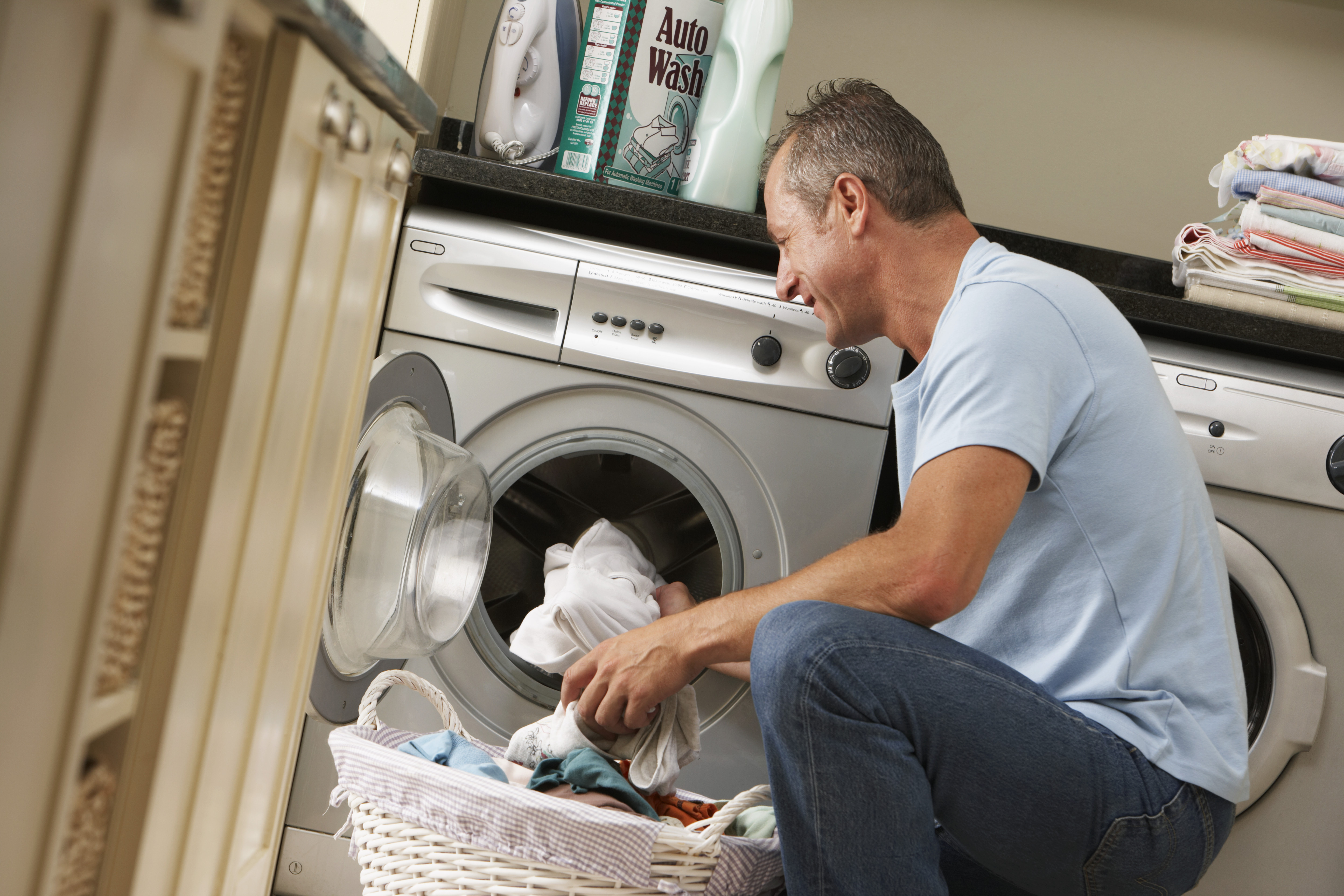
Water heating is the second largest energy expense in your home after heating and cooling. Read the tips below to conserve hot water and reduce your energy bills.
Fix Leaks
You can significantly reduce hot water use by simply repairing leaks in faucets, showerheads, and pipes. A leak of one drip per second wastes 1,661 gallons of water and can cost up to $35 per year.
Showerheads
For maximum water efficiency, select a showerhead with a flow rate of less than 2.5 gallons per minute (GPM). There are two basic types of low-flow showerheads: aerating and laminar-flow. Aerating showerheads mix air with water, forming a misty spray. Laminar-flow showerheads form individual streams of water. In a humid climate, consider a laminar-flow showerhead, which doesn’t create as much steam and moisture as an aerating showerhead.
Faucets
The aerator – the screw-on tip of the faucet – ultimately determines the maximum flow rate of a faucet. Aerators can be one of the most cost-effective water conservation measures. For maximum water efficiency, purchase aerators with flow rates of no more than 1.0 GPM. When replacing an aerator, bring the one you're replacing to the store with you to ensure a proper fit.
Dishwashers
You can consume less energy with an energy-efficient dishwasher than washing dishes by hand when you use it properly and only wash full loads.
Although compact-capacity dishwashers may appear to be more energy-efficient on the EnergyGuide Label than standard capacity models, they hold fewer dishes, which may force you to run more loads and, consequently, increase your energy costs.
Booster heaters increase the temperature of the water entering the dishwasher to 140 degrees. Dishwashers with booster heaters typically cost more, but they pay for themselves with energy savings in about one year if you also lower the water temperature on your water heater.
Washing Machines
Unlike dishwashers, washing machines don't require a minimum temperature for optimum cleaning. Therefore, to reduce energy costs, you can use either cold or warm water for most laundry loads. Cold water is always sufficient for rinsing.
When shopping for a new machine, consider one that allows you to adjust the water temperature and levels for different loads. Efficient washing machines spin-dry your clothes more effectively, as well, saving energy when drying. Also, front-loading machines use less water and, consequently, less energy than top loaders.
Similar to small-capacity dishwashers, small-capacity washing machines often have better EnergyGuide label ratings. However, a reduced capacity might increase the number of loads you need to run, which could increase your energy costs.
Source: Energy.gov


